The fog is thick and heavy. The female arrives on wet wings and lands like a silent shadow on the eyrie ledge. She chups softly, then gives a long wail barely audible over the rustle of wind through the damp trees. The male replies from within the eyrie, the sound echoing gently, and she steps inside. They speak to one another in a series of muffled chups and he slowly moves off the eggs so she can settle down in his place. A moment later he steps outside and is gone in a flash of dark wings.
They’re still incubating.
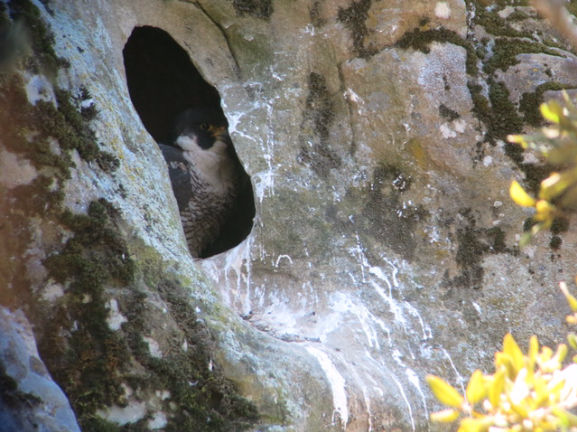
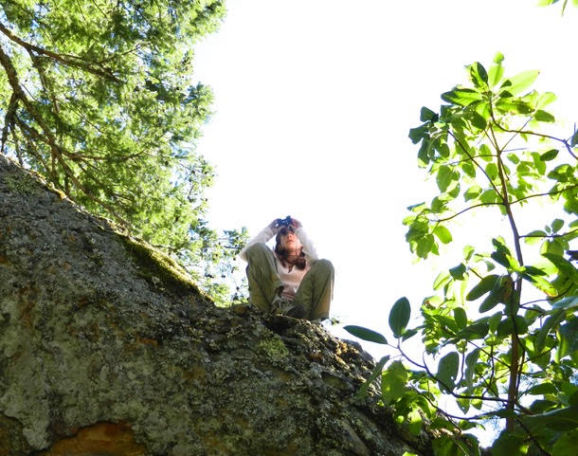
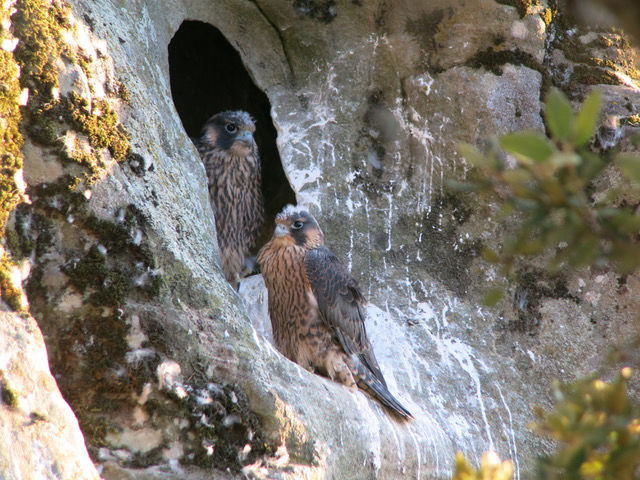
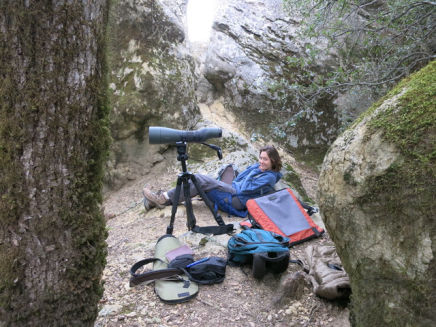
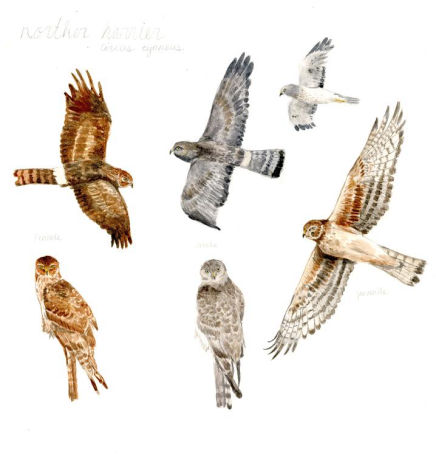
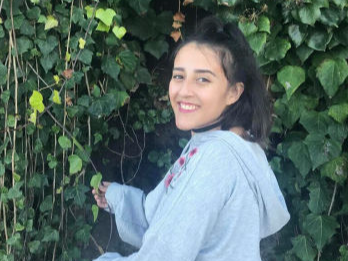
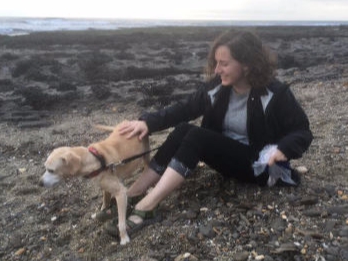
Follow SCPBRG for more stories!